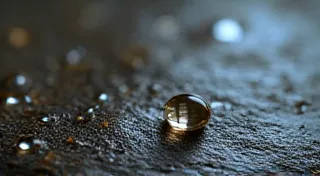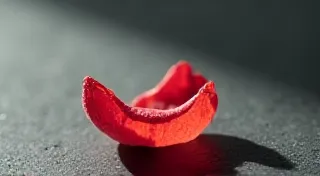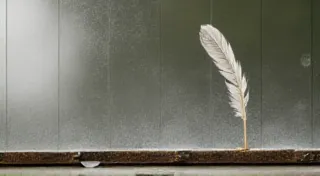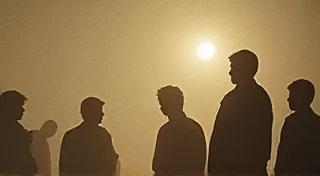Chromatic Cartography: Mapping the Palette of Forgotten Ribbons
There's a quiet romance in holding a forgotten typewriter ribbon. It’s more than just a strip of fabric coated in ink; it’s a tangible link to a bygone era, a silent witness to countless letters, poems, and urgent memoranda. The scent alone – a nostalgic blend of oil, pigment, and aged fibers – can transport you to a time when the clatter of keys was the soundtrack of daily life. For those of us drawn to the charm of antique typewriters, understanding these ribbons, their colors, and their histories, is akin to deciphering a secret language. It’s about appreciating the craftsmanship, the artistry, and the sheer ingenuity of a technology that once connected the world.
I remember finding my first antique ribbon at a dusty estate sale. It was a deep, almost regal purple, faded with time but still retaining a hint of its former vibrancy. I didn't know anything about typewriter ribbons then, but holding that ribbon felt…significant. It was a piece of history, a fragment of someone else's story. It sparked a fascination that continues to this day. This article aims to share that passion, providing a guide to understanding and cataloging the vast range of colors produced by antique typewriter ribbons, linking hues to specific eras and manufacturers. We're creating a chromatic cartography of forgotten tools.
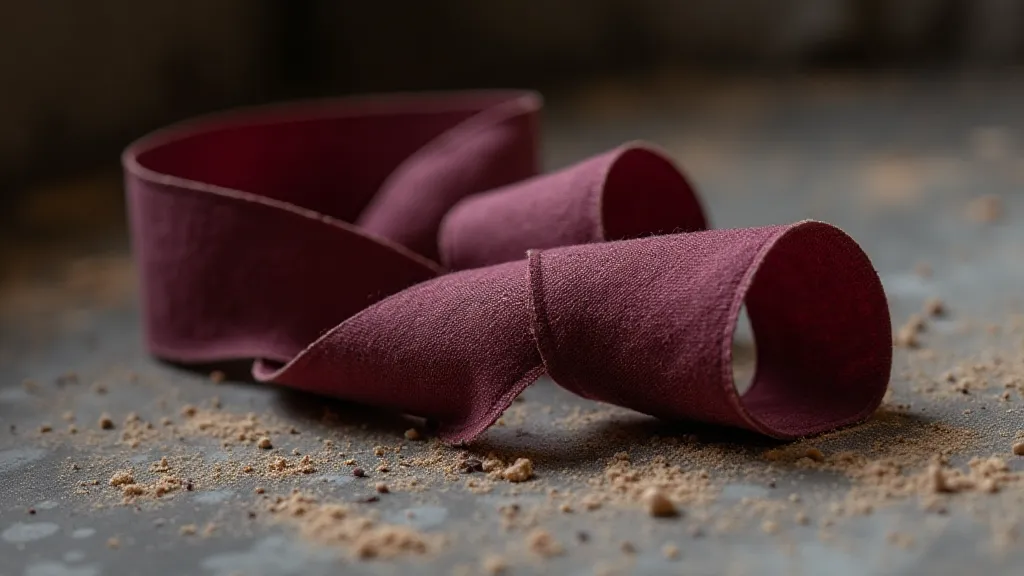
The Evolution of Color: From Black and Red to a Rainbow of Tones
Initially, typewriter ribbons were remarkably utilitarian. Black was the dominant hue, signifying professionalism and clarity. Red ribbons followed closely, primarily used for correction tapes and notations. These two colors reigned supreme throughout the late 19th and early 20th centuries. However, as manufacturing techniques improved and consumer tastes evolved, a gradual shift towards a broader spectrum of colors began. This wasn't a sudden revolution, but a slow and deliberate expansion, mirroring the burgeoning Art Deco and Mid-Century Modern design movements.
Early color variations were often achieved through the addition of dyes derived from natural sources – berries, plants, and minerals. These dyes, while beautiful, could be notoriously unstable, leading to color shifts and fading over time. The advent of synthetic dyes in the early 1900s revolutionized the industry, providing a wider range of hues and improved colorfastness. Suddenly, ribbons appeared in shades of green, blue, brown, gold, and even vibrant oranges and pinks. These bolder colors reflected a growing desire for self-expression and individuality.
Manufacturers and Their Signature Palettes
Different typewriter ribbon manufacturers developed their own signature palettes and often specialized in particular colors or shades. Understanding which manufacturer produced a ribbon can offer clues about its age and intended use. For instance, IBM, a dominant force in the typewriter industry, favored more muted, sophisticated colors like deep blues and forest greens. Their ribbons often had a certain uniformity in color and quality, reflecting IBM’s reputation for precision and reliability.
Independent ribbon manufacturers, on the other hand, often experimented with more daring color combinations. Manufacturers like Underwood, Smith Corona, and Royal, while also producing traditional black and red ribbons, weren’t afraid to embrace brighter, more playful colors. Royal, in particular, became known for its rich, jewel-toned ribbons – emerald greens, sapphire blues, and ruby reds – that complemented the elegance of their typewriters. These colors evoked a sense of luxury and sophistication, attracting a clientele seeking a more refined typing experience. Many collectors delve into the deeper meaning and social context behind these color choices; you might be interested in learning more about a tapestry of time, exploring the social context of ribbon choices throughout history.
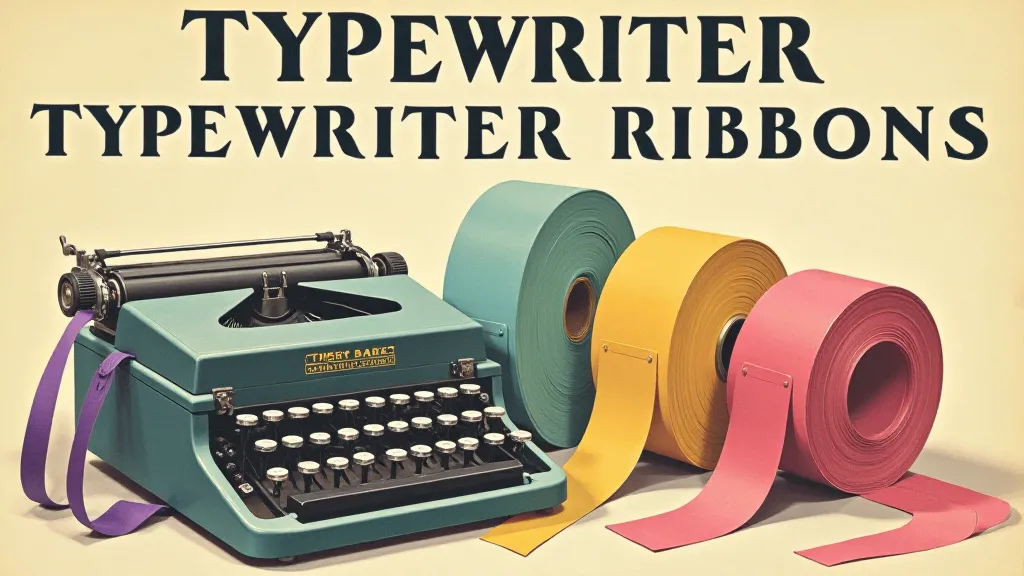
Decoding the Color Code: Age and Significance
While there are no strict rules, certain color trends can provide clues about a ribbon’s age. Early ribbons (pre-1920s) were predominantly black and red, with limited color variations. The 1920s and 1930s saw the introduction of more vibrant colors, particularly blues, greens, and browns. The post-World War II era (1940s and 1950s) brought a boom in rainbow hues, reflecting the optimism and consumerism of the time. The 1960s and 1970s saw a return to more subdued colors, often influenced by the earthy tones of the counterculture movement.
Furthermore, the intensity and saturation of a ribbon's color can also offer insights. Faded, pastel shades often indicate age and exposure to light. Conversely, intensely saturated colors suggest a more recent production date. However, it’s crucial to remember that these are general guidelines, and individual variations can occur due to manufacturing processes and storage conditions. The material of the ribbon itself – silk, nylon, or acetate – also affects color vibrancy and durability.
The Poet's Palette: Color and Creative Expression
Beyond mere chronology, the selection of typewriter ribbon color can reveal subtle nuances about the writer or intended purpose of the document. A somber black ribbon might be chosen for a legal contract, emphasizing formality and gravitas. A vibrant pink or orange might be employed by a poet seeking to inject a playful energy into their verse. Selecting the right color was often about more than just aesthetics; it was a deliberate act of communication, a way to imbue the written word with a specific mood and tone. This connection between color and creative expression is a fascinating aspect of ribbon history. If you’re seeking to understand the deliberate choices writers make regarding ribbon selection, you might find insights in a poet's palette, exploring how to select the perfect ribbon to evoke a specific mood.
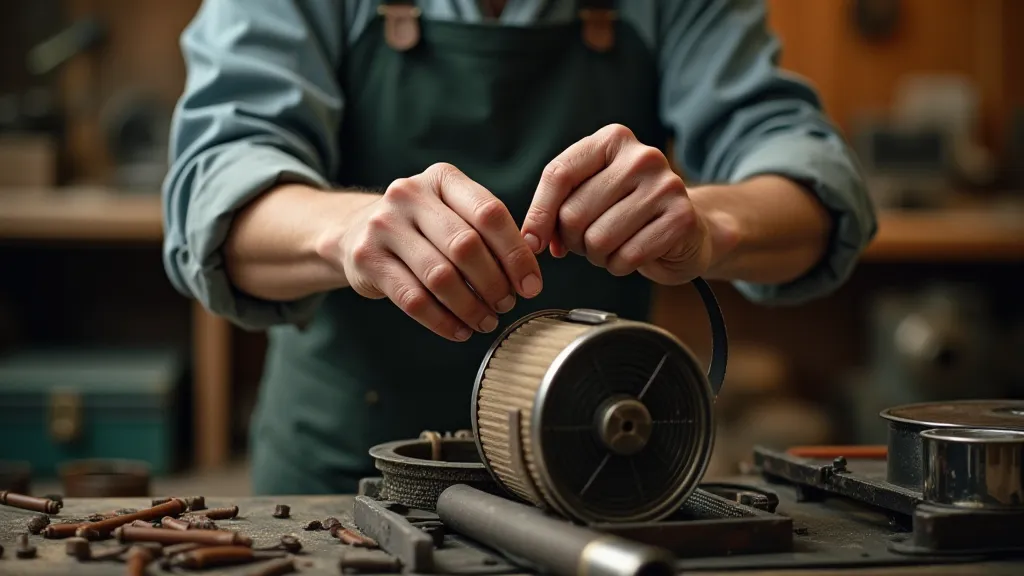
Rare and Unusual Colors: The Quest for Chromatic Ghosts
While standard colors like black, red, green, and blue were commonplace, the history of typewriter ribbon production also holds secrets – rare, elusive hues that are incredibly difficult to find. These "chromatic ghosts" – vibrant teals, unusual purples, or strangely muted oranges – represent the peak of experimentation and innovation within the ribbon industry. They’re testaments to manufacturers pushing boundaries and exploring unconventional dye combinations. Discovering one of these rare colors is like uncovering a hidden treasure, a tangible link to a moment of creative ingenuity. The process of uncovering these lost color combinations is itself a captivating detective story. For those eager to delve into the history of these elusive colors, you might find fascinating accounts in chromatic ghosts, unearthing lost color combinations in ribbon production.
The Preservation of Memory: Ribbon Collection as Biographical Artifact
For many collectors, antique typewriter ribbons represent far more than just mechanical components; they are biographical artifacts, fragments of lives lived and stories told. A faded ribbon might be the only surviving clue to a forgotten family business, a lost love letter, or a pivotal moment in history. The subtle variations in color and material offer a unique window into the individual who once used it. A collection of ribbons can become a fragmented autobiography, a silent testament to a life lived and a legacy preserved. The way in which these collections are formed and viewed often speaks volumes about the collector’s perspective and the significance they place on these seemingly insignificant objects. For those interested in exploring the deeper significance of ribbon collections and how they can serve as biographical narratives, you could look at the silken thread of memory, examining how ribbon collection serves as a biographical artifact.
Restoration and Preservation: Caring for Forgotten Treasures
The preservation of antique typewriter ribbons is essential for maintaining a piece of technological history. Ribbons are inherently fragile, susceptible to fading, cracking, and brittleness. Proper storage is paramount. Store ribbons in a cool, dark, and dry environment, away from direct sunlight and extreme temperatures. Avoid handling ribbons excessively, as oils from your skin can damage the delicate fabric.
When restoring a typewriter, replacing a degraded ribbon with a reproduction is often the best course of action. Modern reproductions strive to replicate the colors and material composition of original ribbons. However, it's important to select reproductions that are accurate and authentic to the era of the typewriter. Incorrectly colored or inappropriately manufactured ribbons can detract from the overall historical integrity of the machine. For serious collectors, a ribbon’s originality is just as important as the typewriter itself.
The Enduring Legacy of Color
The study of antique typewriter ribbons is more than just a technical pursuit; it’s a journey into the heart of a bygone era. Each ribbon tells a story – a silent witness to the evolution of technology, the changing tastes of society, and the enduring power of human creativity. By mapping the palette of forgotten ribbons, we gain a deeper appreciation for the artistry, the ingenuity, and the enduring legacy of this remarkable technology. It’s a chromatic cartography of a world that, while faded and fragmented, remains vividly alive in the hues of its ribbons.
